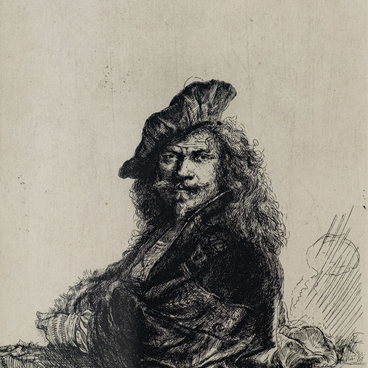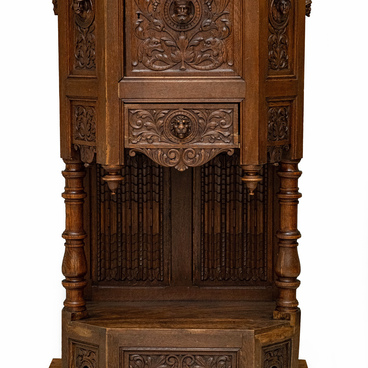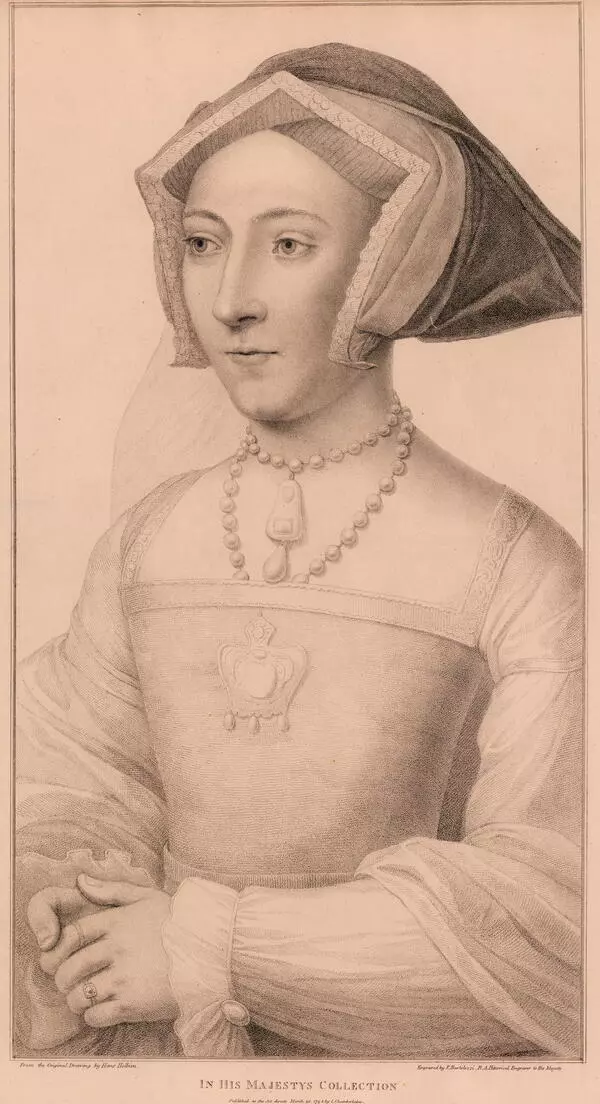Francesco Bartolozzi’s work of art “The Holy Family with an Angel” is kept in the art collection of the Sakha Republic National Art Museum.
In the presented engraving, the artist shows the Holy Family in close-up: Joseph with a staff, the Virgin Mary, the Infant Christ in His mother’s arms listening to a winged angel who appeared as a young man in flowing clothes playing the violin. Above them, two cherubs hover, depicted as children’s heads with wings, which was typical for the art of this period. Their gaze is turned to the Christ Child. The engraving is distinguished by a rich chiaroscuro gradation, subtlety and elegance of the stroke.
The iconography of the Holy Family is presumably connected with the plot of their escape into Egypt, when Joseph and his family went to Egypt, warned by an angel about the impending massacre of infants in Bethlehem, which Herod, king of the Jews, intended to commit out of fear of the newborn Christ. In the art of the 18th century, artists often created the image of a small family — generalized, static, like the antitype of the divine trinity, with Jesus as a link, an intermediary between the “upper” and “lower” world, the center in which the vertical intersects with the horizontal.
Francesco Bartolozzi (1727–1815, Florence — Lisbon) was an Italian draftsman, watercolorist and engraver who worked in the rare technique of colored stipple engraving. He studied in Florence under his father, a goldsmith, and at the Academy of Fine Arts of Florence. In Rome and Venice, Bartolozzi mastered the techniques of pastel drawing and watercolor miniatures. In the copper engraving, the artist successfully reproduced the painting style of the Venetian painters. In 1764, Bartolozzi moved to London, where he became a court engraver and a virtuoso in the field of “stipple engraving” — metal engraving, an English technique to which Bartolozzi managed to give sophistication and elegance of his watercolor miniatures.
During the English period, the artist created lots
of engravings, a significant number of which were made from paintings by
Giovanni Battista Cipriani and Angelica Kauffmann, who worked in the
fashionable direction of sentimentalism. This was reflected in Bartolozzi’s own
style. In 1769, Francesco Bartolozzi became a full member of the Royal Academy
of Arts. In 1802, the artist came to Lisbon at the invitation of the Prince
Regent of Portugal. There he founded a local school of engravers.




